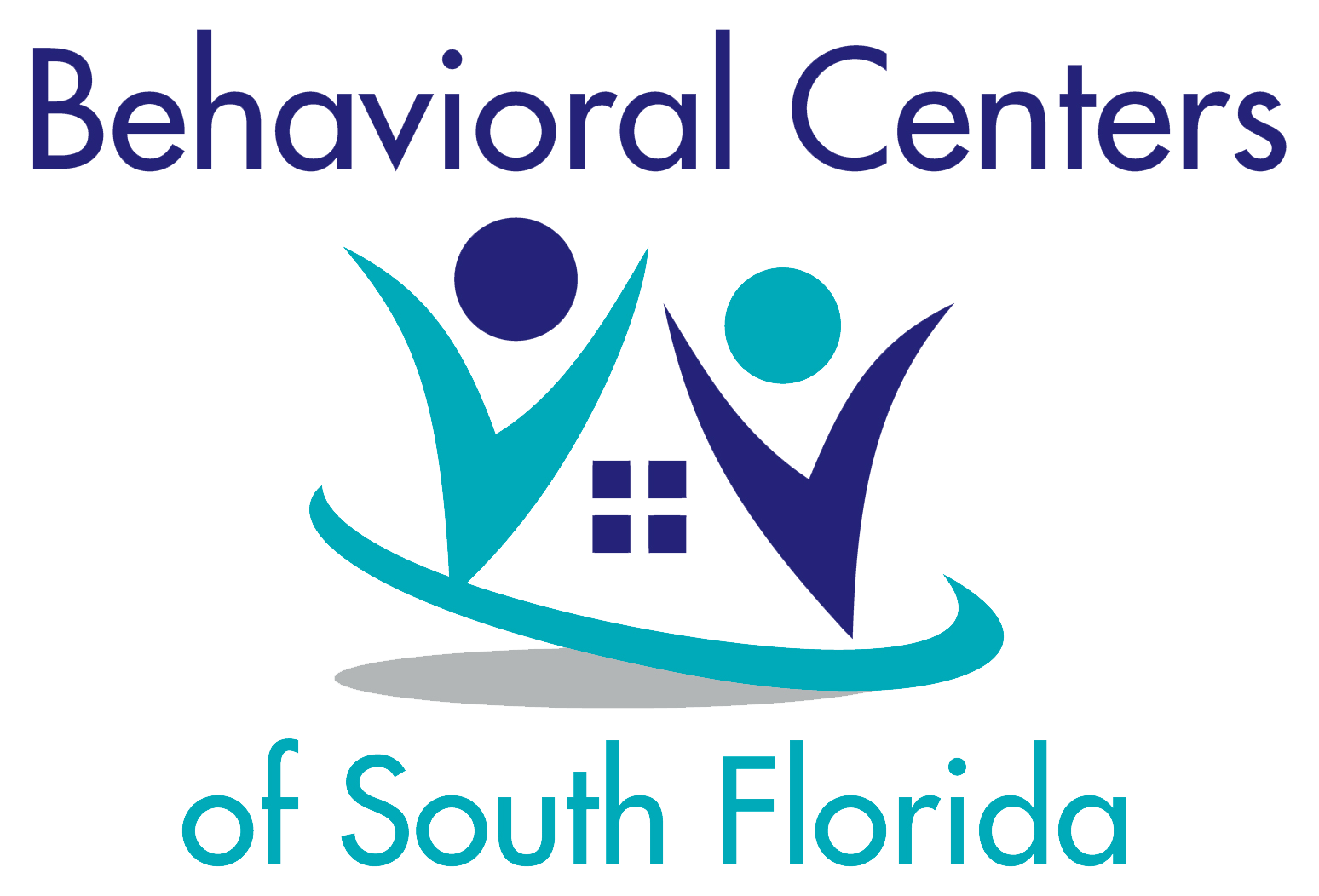Is It Safe to Mix Painkillers and Alcohol?
The sedating effect of these drugs can be increased by alcohol, leading to slowed or impaired breathing, impaired motor control, abnormal behavior, memory loss, and fainting. Stimulants and sedatives (such as alcohol) mask each other’s effects. So, mixing the two together increases the likelihood of overdose on either substance. If you take prescription medication or use a specific medication every day, ask your doctor if what is the drinking age in russia it is okay for you to drink alcohol. You may be able to consume a limited amount safely, as long as you follow certain rules (for example, waiting at least four hours after taking your daily dose before having an alcoholic drink). Here is what you need to know about the possible unsafe interactions between alcohol and common prescription and over-the-counter medications.
Side Effects of Mixing Medications With Alcohol
Do not take nortriptyline unless it has been prescribed to you by a healthcare provider. Your pharmacist can tell you all of the ingredients in the specific nortriptyline products they stock. Nortriptyline may cause allergic reactions, which can be serious. Stop using nortriptyline and get help right away if you have any of the following symptoms of a serious allergic reaction.
The dangers of mixing alcohol with medications can range from increased side effects to potentially life-threatening symptoms, overdose, and even death. Using alcohol with medications used to treat heartburn, both prescription and over-the-counter, can cause tachycardia (rapid heartbeat) and sudden changes in blood pressure. These drugs can also make the effects of alcohol more intense, leading to impaired judgment and sedation. OTC marketing strategies, however, often lead the consumer to think that these medications are safe to use on an “as-needed” basis, even though they can be potentially dangerous when used with alcohol. The risks of mixing antipsychotics and alcohol include impaired judgment, dizziness, drowsiness, low blood pressure, the worsening of a psychiatric condition, an increased risk of suicide, and more. Additionally, if you have an underlying health condition like heart disease or high blood pressure (hypertension), mixing alcohol with your medications can put you at risk for complications.
Most studies assessing alcohol-medication interactions focus on the effects of chronic heavy drinking. Relatively limited information is available, however, on medication interactions resulting from moderate alcohol consumption (i.e., one or two standard drinks1 per day). Researchers, physicians, and pharmacists must therefore infer potential medication interactions at moderate drinking levels based on observations made with heavy drinkers. In addition, moderate alcohol consumption may directly influence some of the disease states for which medications are taken (see sidebar, pp. 52–53, for further discussion of alcohol’s influences on various disease states). Its anticoagulant effect is acutely altered by even small who are the most famous alcoholics amounts of alcohol. In people taking warfarin and ingesting a few drinks in one sitting, anticlotting effects may be stronger than necessary for medical purposes, placing these people at risk for increased bleeding.
Nonnarcotic Pain Medications and Anti-Inflammatory Agents
- If you take nortriptyline for pain, once your pain is under control, you’ll probably continue to take it for as long as it’s working for you.
- Do not take St John’s wort, the herbal remedy for depression, while you are being treated with nortriptyline.
- Conversely, people taking MAO inhibitors or atypical antidepressants can experience adverse consequences when simultaneously consuming alcohol.
- Some vitamins and dietary supplements interact with medicines, too.
- If your pain does not get better or you have side effects, talk to your doctor as there may be other treatments which work for you.
Alcohol metabolism by ADH results in the conversion of NAD+ into NADH, thereby increasing the liver’s NADH levels (see figure 2). Elevated NADH levels, in turn, stimulate the generation of fat molecules and interfere with the ability of other liver enzymes to break down fat molecules and produce the sugar glucose. Through these metabolic changes, alcohol metabolism can substantially affect the body’s general metabolism and functioning. Furthermore, elevated NADH levels may prevent the liver from generating UDP-glucuronic acid, a substance that must be attached to various medications before they can be excreted from the body.
When you pick your prescription up at the pharmacy, chances are the label or package insert will come with a warning if it is not safe to consume alcohol while you are na vs aa taking the medication. In addition to worsening the side effects of antidepressant medications, mixing these drugs with alcohol can also make symptoms of depression worse. Here is a short list of the most common prescription and OTC drugs that can pose a risk to your health if mixed with alcohol, as well as what can happen if the substances are combined. In general, alcohol use has the potential to make symptoms of a mental health condition worse.
Opioid Pain Medications
Nortriptyline can cause serotonin syndrome when it is taken alone or with other medicines that affect serotonin. Get emergency help if you have any of the following symptoms of serotonin syndrome. In contrast to ADH, the alcohol-metabolizing enzyme cytochrome P450—also called microsomal ethanol oxidizing system (MEOS) (Lieber 1994)—plays a central role in alcohol-medication interactions. Accordingly, CYP2E1 plays an important role in many alcohol-medication interactions. Alcohol is broken down to acetaldehyde either by alcohol dehydrogenase (ADH) or cytochrome P450 (CYP).
Differences in alcohol distribution patterns also affect the BALs achieved with a given alcohol dose (Thomasson 1995). Thus, women, whose lower body water creates a smaller fluid volume in which the alcohol is distributed, tend to achieve higher BALs than do men after consuming the same amount of alcohol. The normal loss of lean body weight and increase in body fat that occurs with aging has a similar effect on BALs.

Recent Comments